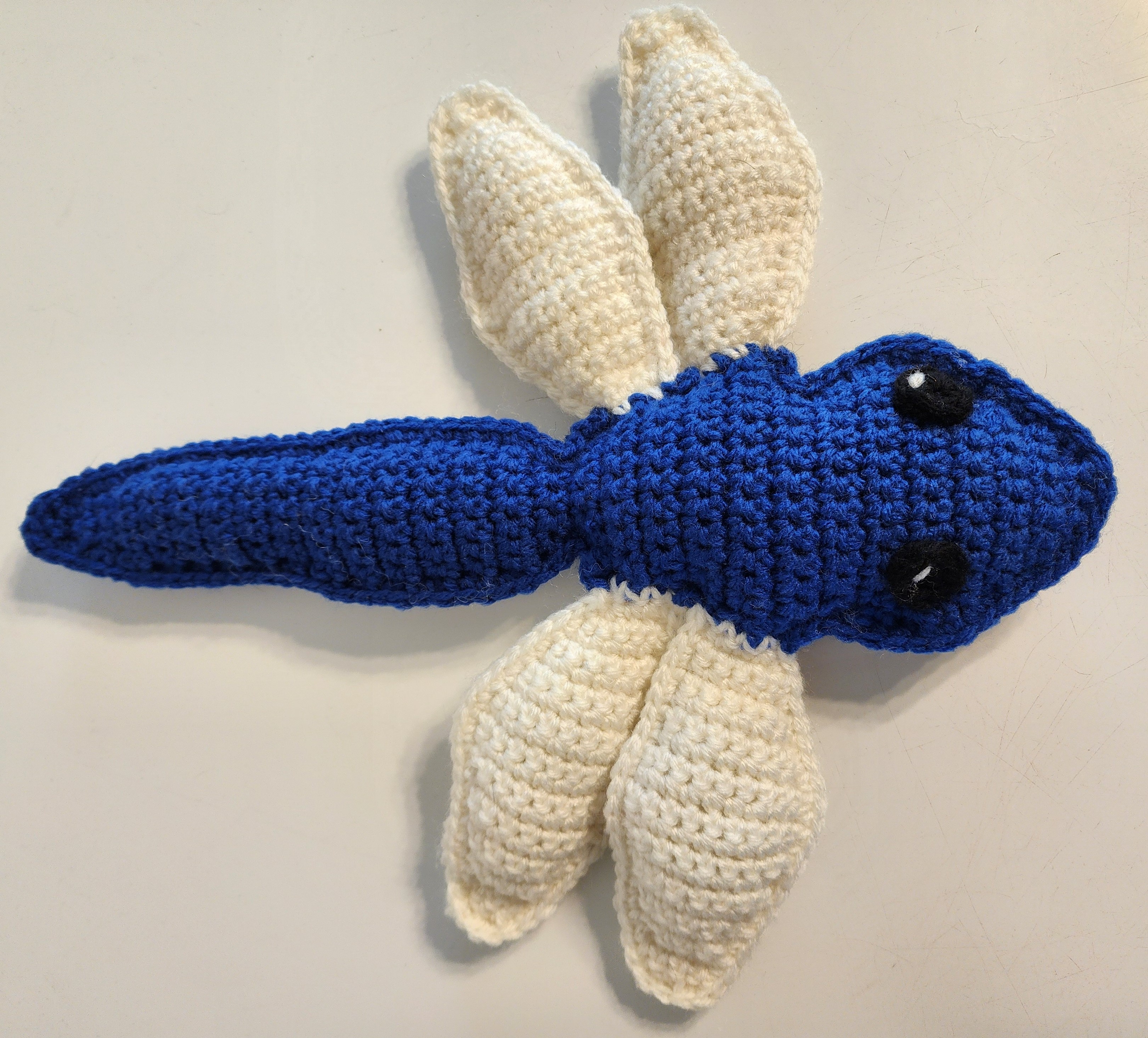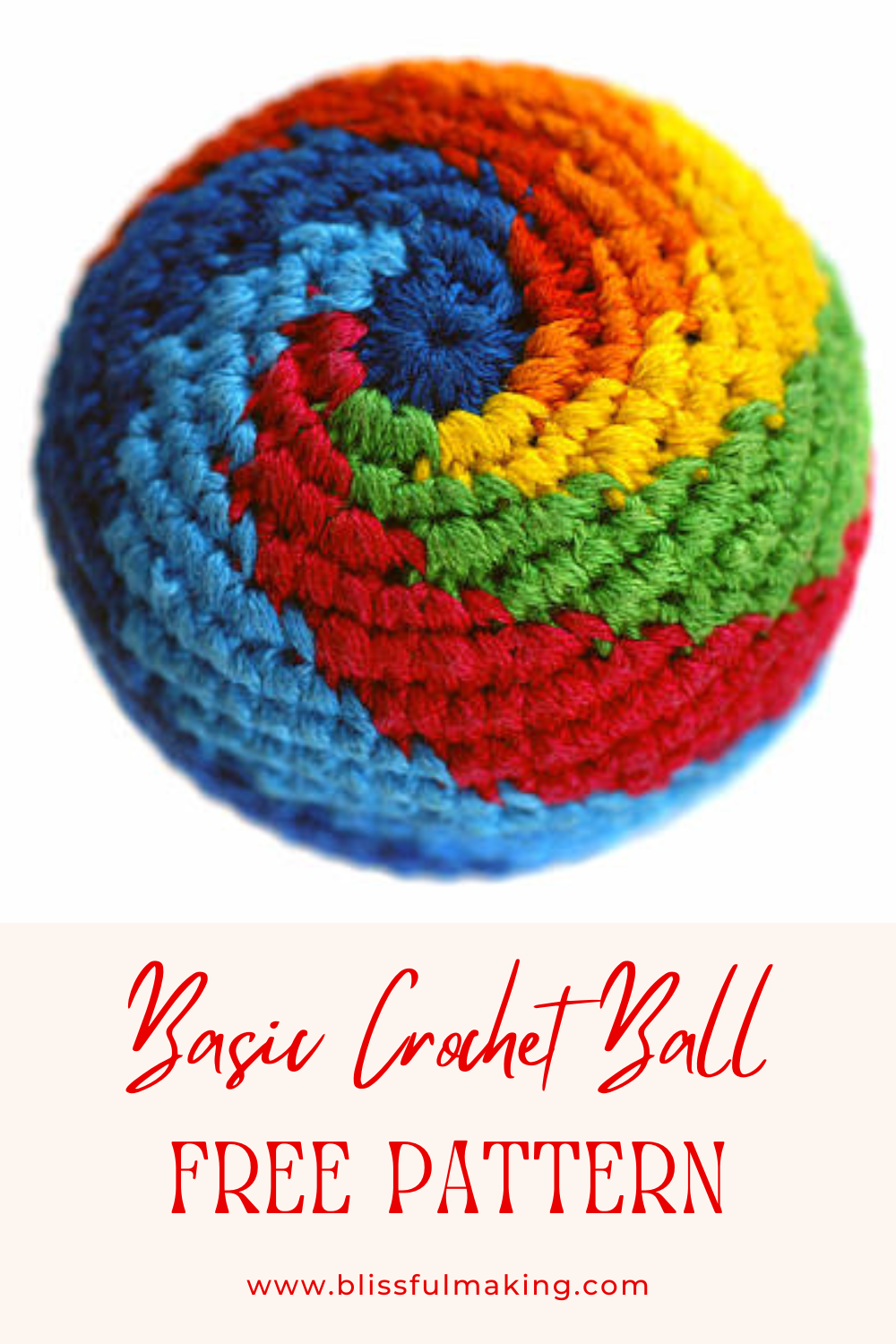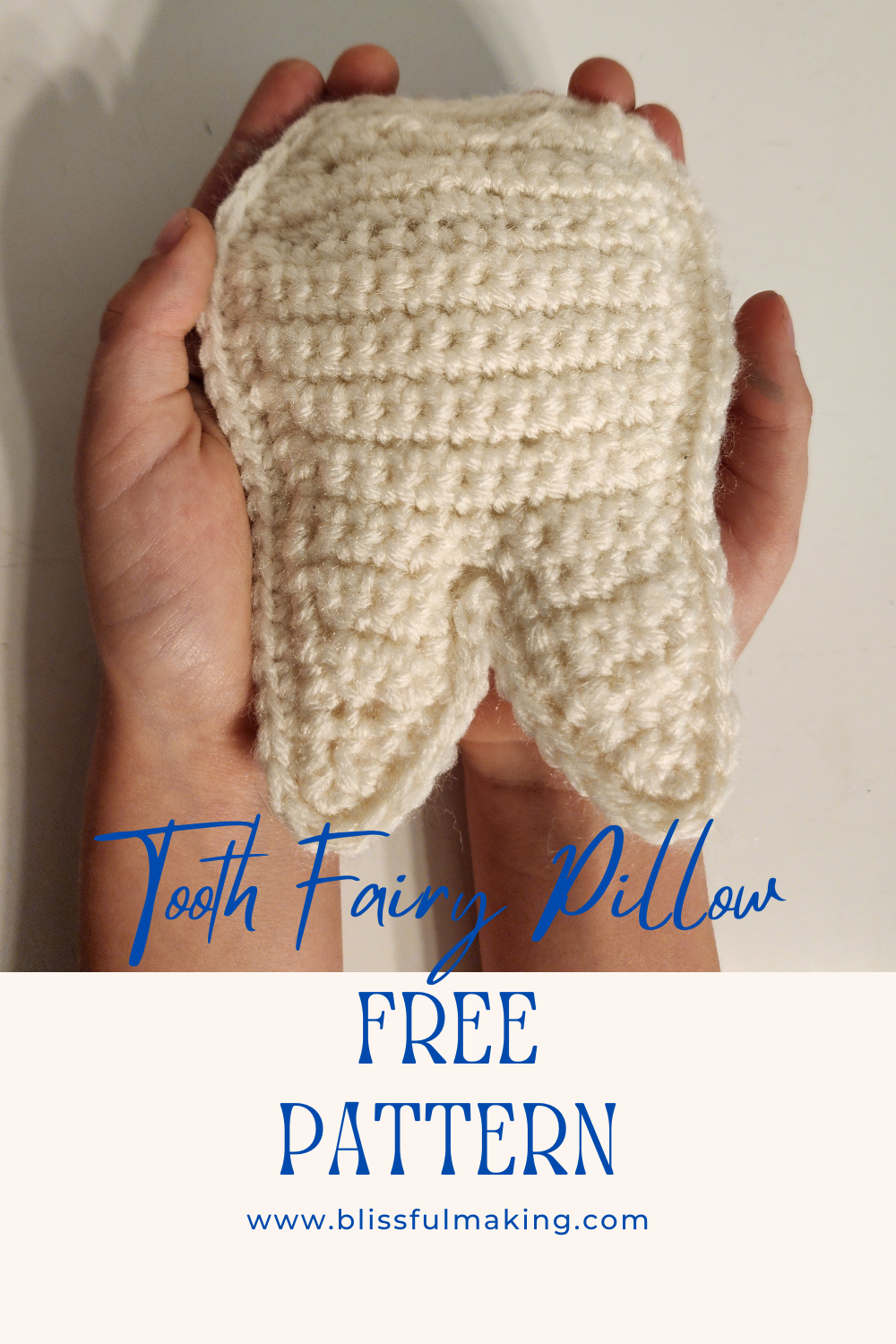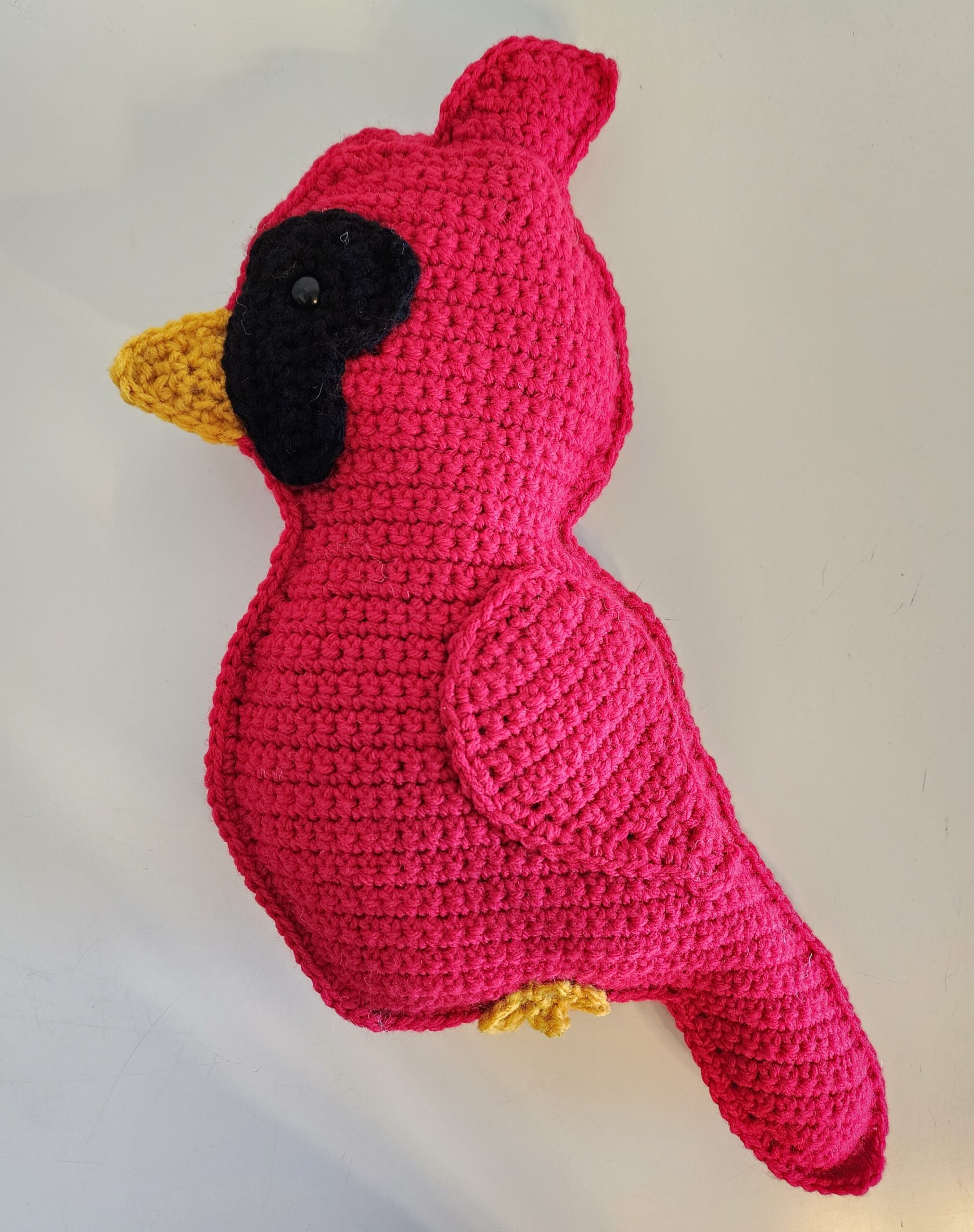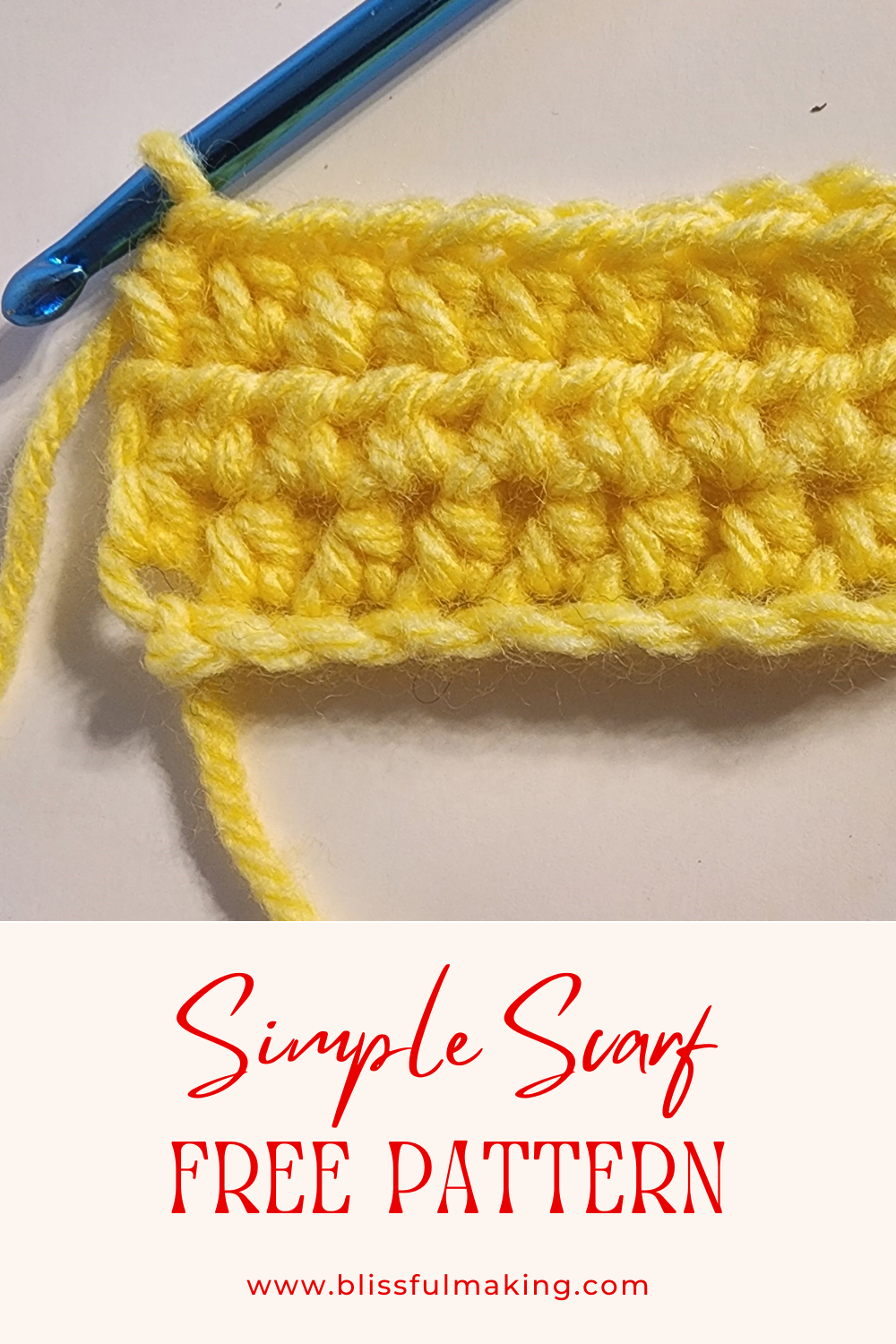Basic Crochet Stitch Guide
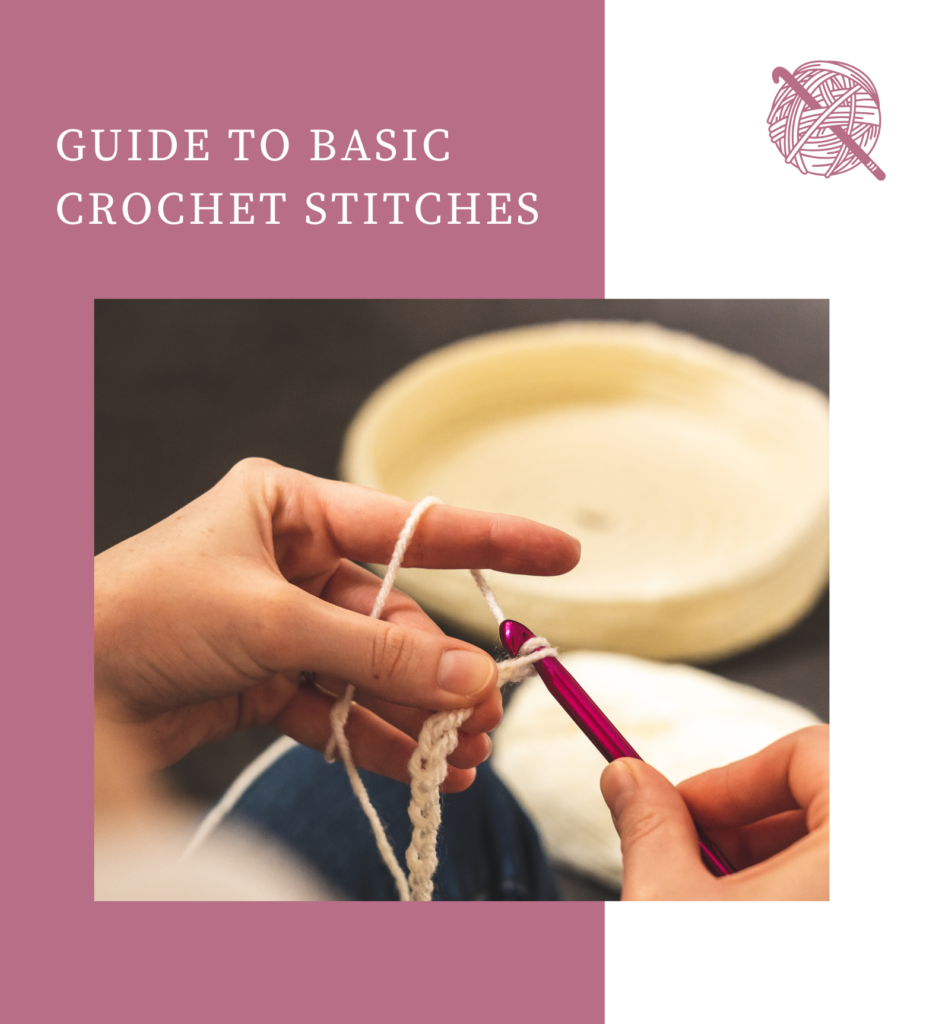
If you’re new to crochet, welcome to a relaxing and rewarding craft that’s as practical as it is creative. Crochet lets you turn simple yarn into cozy blankets, stylish scarves, adorable toys, and so much more. But like any skill, it all starts with learning the basics. In this guide, we’ll cover the essential crochet stitches every beginner should know.
What You Need to Get Started
Before you start crochet, be sure to have everything you need. Crocheting is a wonderful craft to begin because once you have your supplies, you only have to replenish your yarn stock. You’ll need crochet hooks. These come in many different sizes, but the most common size you will use is H (or 5mm). You will also need medium worsted yarn. You can use any color yarn you like, but I would recommend a lighter color while practicing because it is SO much easier to see your stitches and mistakes! You will also need scissors to cut the yarn and a tapestry needle to weave in the ends.
How to Hold Your Hook and Yarn
The way you hold your hook and yarn can impact your comfort and stitch consistency. There are two common ways to hold a crochet hook:
- Knife Grip: Hold the hook as if you’re holding a knife.
- Pencil Grip: Hold the hook like a pencil.
Experiment with both and stick to what feels natural. Wrap the yarn around your fingers to maintain tension, which ensures even stitches. I like to weave the yarn through my fingers with in ending on top of my index finger.
The Slip Knot
Every crochet project starts with a slip knot. It’s how you secure the yarn to your hook.
- Make a loop with the yarn, leaving about a six-inch tail.
- Insert your hook into the loop.
- Pull the working yarn (the yarn connected to the ball) through the loop.
- Tighten gently around your hook.
Try practicing the slip knot until it feels natural. This small step sets the foundation for every project.
The Chain Stitch (ch)
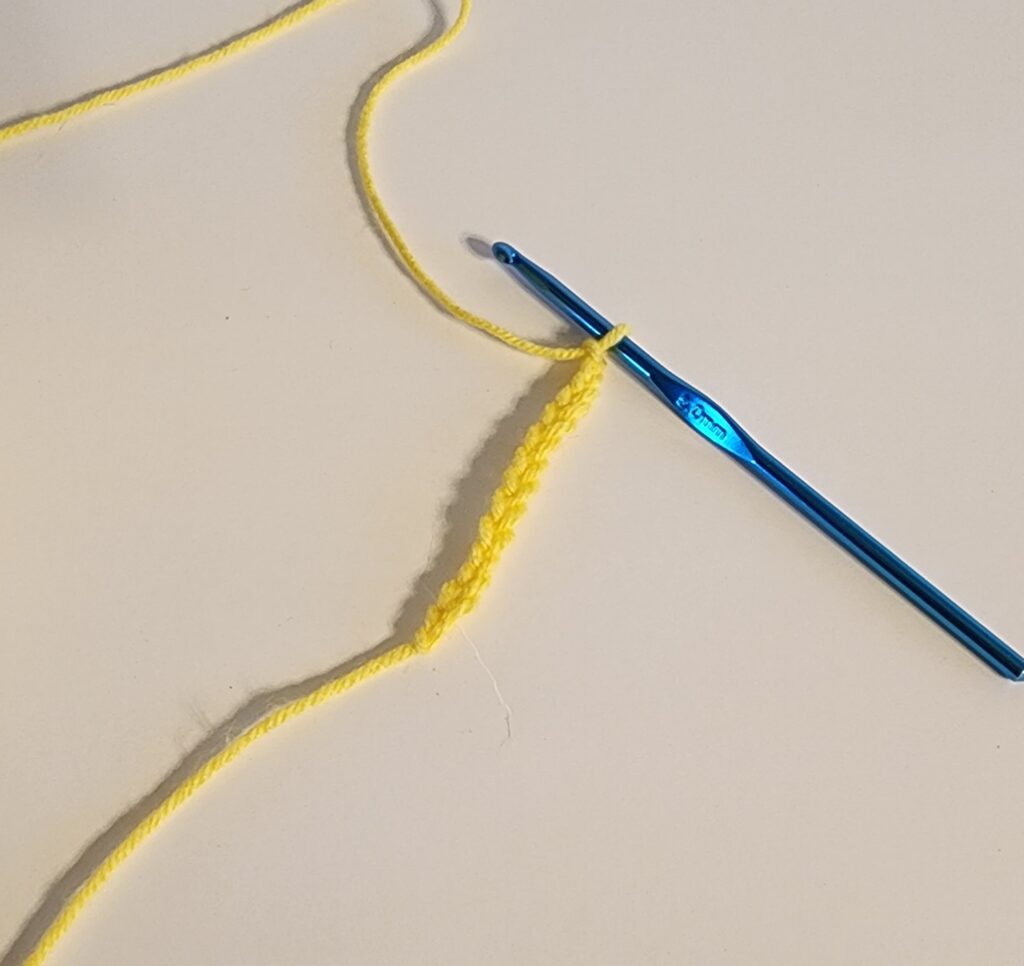
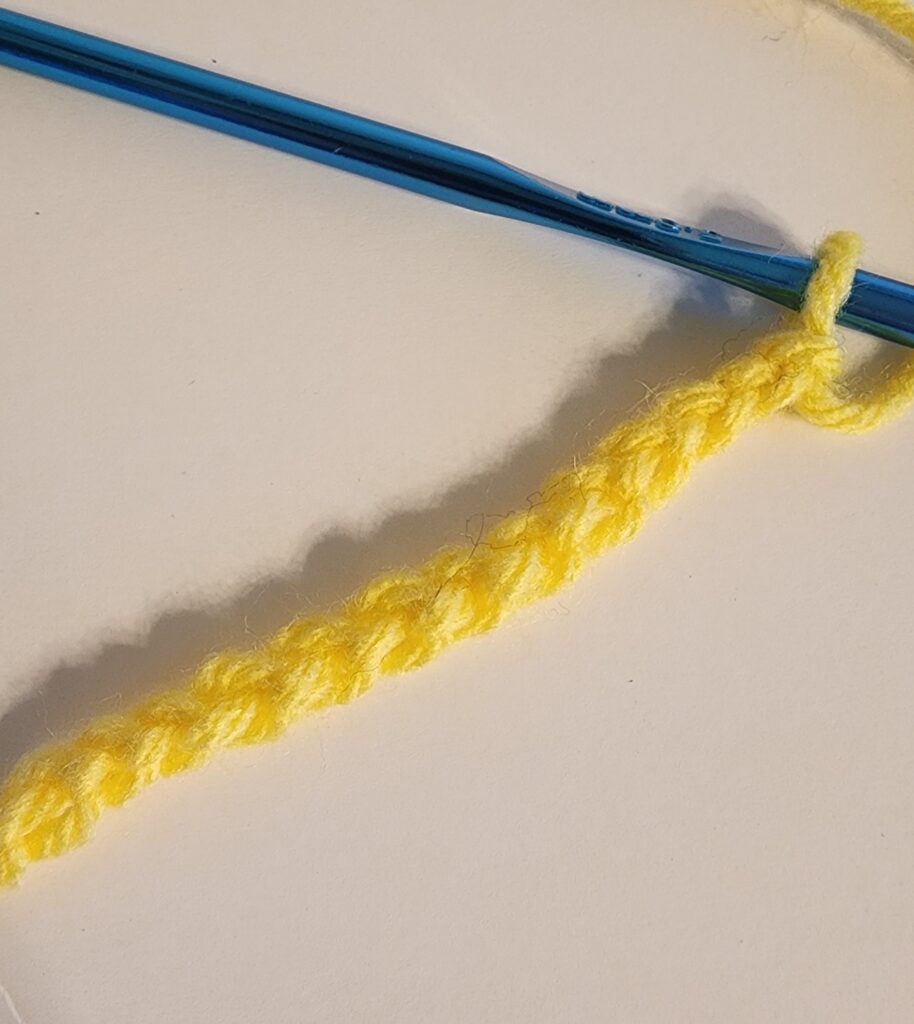
The chain stitch is the first actual stitch you’ll learn and serves as the foundation for many projects.
- Start with a slip knot on your hook.
- Yarn over (wrap the yarn around the hook from back to front).
- Pull the yarn through the loop on your hook.
Repeat this process to create a chain of stitches. This will be your starting point for most crochet patterns. Aim for even tension as you practice. A proper chain will look like a row of “v”s on the front and bumpy on the back.
The Single Crochet (sc)

The single crochet is a simple, versatile stitch that creates a tight, dense fabric.
- Insert your hook into the second chain from the hook.
- Yarn over and pull up a loop (you’ll now have two loops on your hook).
- Yarn over again and pull through both loops.
Repeat this process across the chain, then turn your work, chain one, and start a new row. This stitch is perfect for beginners because it’s easy to see and count.
The Half Double Crochet (hdc)
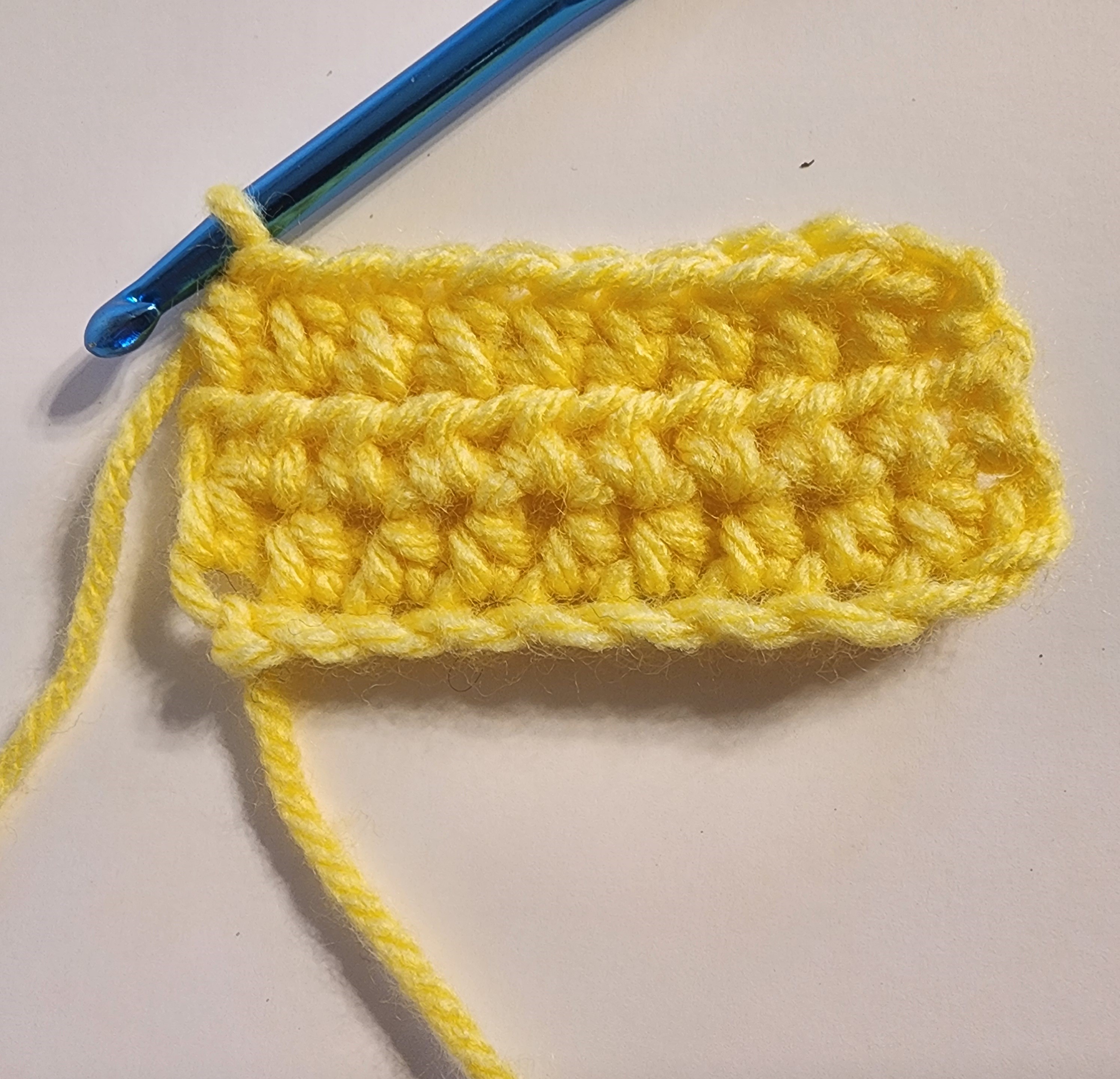
The half double crochet stitch is slightly taller than a single crochet but shorter than a double crochet.
- Yarn over and insert your hook into the third chain from the hook.
- Yarn over and pull up a loop (you’ll have three loops on your hook).
- Yarn over and pull through all three loops.
This stitch adds height to your projects while keeping a dense texture. It’s great for scarves and blankets.
The Double Crochet (dc)
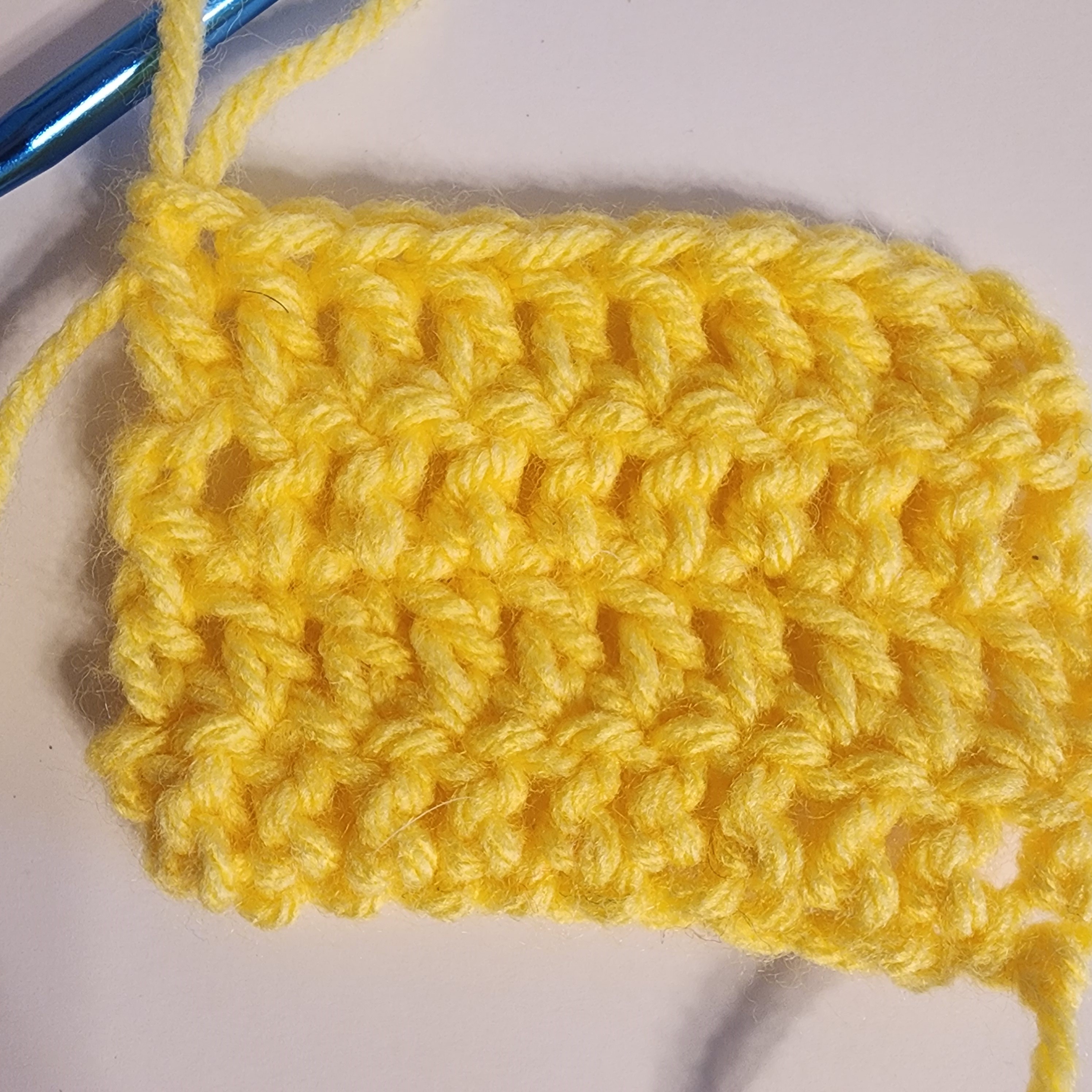
The double crochet stitch creates a taller, open fabric and works up quickly.
- Yarn over and insert your hook into the fourth chain from the hook.
- Yarn over and pull up a loop (you’ll have three loops on your hook).
- Yarn over and pull through the first two loops.
- Yarn over again and pull through the remaining two loops.
Double crochet is one of the most commonly used stitches and is perfect for everything from garments to granny squares.
The Treble Crochet (tr)
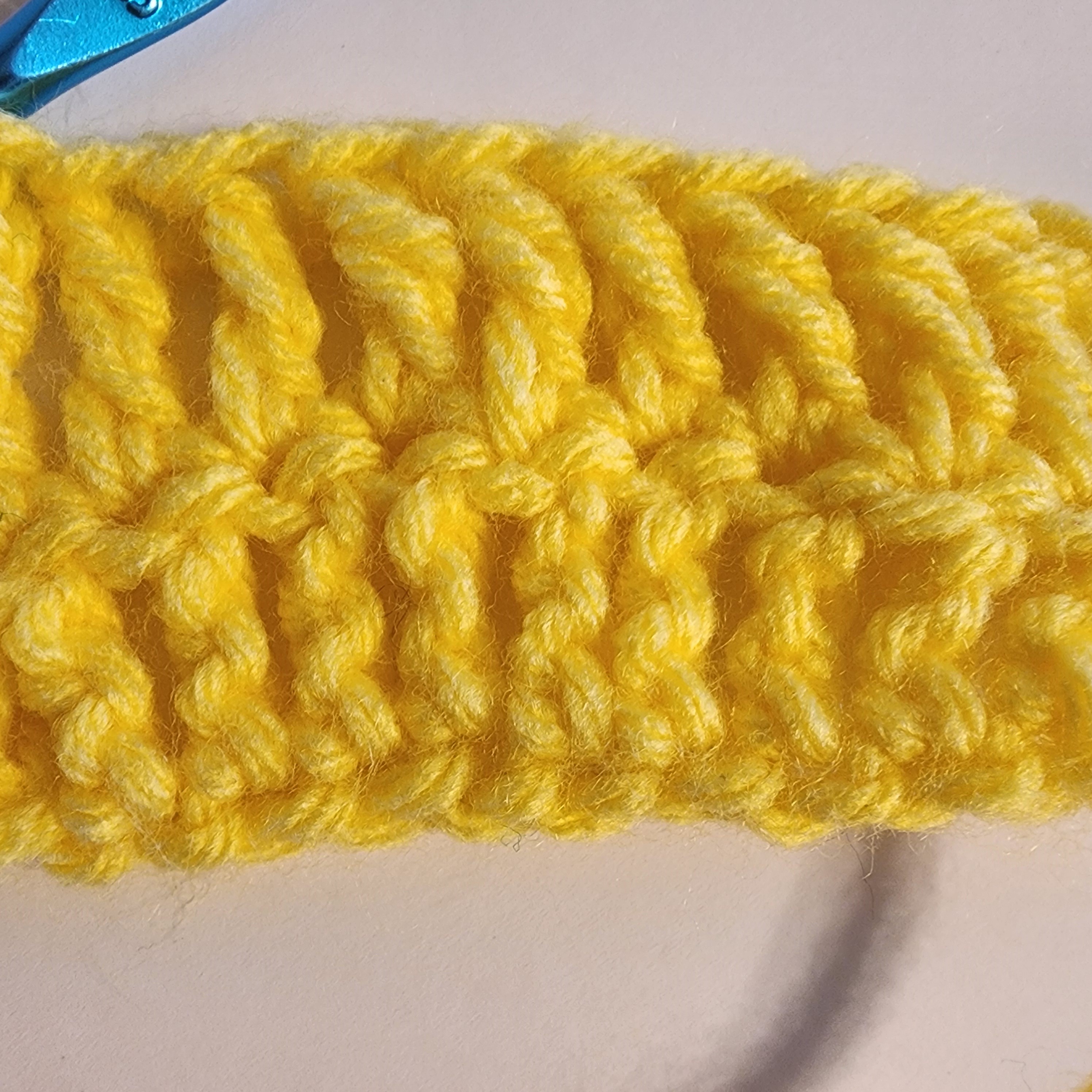
The treble crochet, or triple crochet, is the tallest of the basic stitches and creates a very open fabric.
- Yarn over twice and insert your hook into the fifth chain from the hook.
- Yarn over and pull up a loop (you’ll have four loops on your hook).
- Yarn over and pull through the first two loops.
- Yarn over again and pull through the next two loops.
- Yarn over one last time and pull through the remaining two loops.
This stitch is perfect for lace projects or when you want to add a light, airy texture.
Practicing Your Stitches
Now that you know the basics, it’s time to practice. Start with simple projects that reinforce these stitches. Dishcloths/ washcloths, scarves, and granny squares are simple projects you can make to help perfect your skills.
- Dishcloths or Washcloths: Use rows of single crochet or half double crochet to create a useful item.
- Scarves: Practice long rows of double crochet for a cozy and stylish accessory.
- Granny Squares: A fun way to practice double crochet and learn to work in the round.
The more you practice, the more consistent and confident your stitches will become.
Tips for Beginner Crocheters
The most important thing to remember is that you are learning. Learning a new skill is always difficult. You are unlikely to perfect this skill immediately. Be sure to take it slow and remind yourself that learning is a process. You will become a much faster crocheter over time.
Be sure to check your tension. This will affect how neat your work looks. Tension can be adjusted by tightening or loosening your hold on the working yarn.
ALWAYS count your stitches. It is very easy to skip a stitch when you are learning to crochet. Be sure to count your stitches for even looking work. It is always beneficial to count your rows as well. They sell row counters at craft stores, but you can always write it down or use the calculator on your phone.
Learn from your mistakes. If something doesn’t look right, don’t be afraid to undo your work and try again. They great thing about learning crochet is that it is a very forgiving craft. It is very easy to unravel and start again wherever you would like (as long as you’ve been keeping count).
Where to Go Next
Once you’ve mastered these stitches, you can explore more advanced techniques like working in the round, increasing and decreasing stitches, and creating patterns. Experiment with different yarns and hooks to see how they affect your projects. Crochet is a journey, and each new skill you learn opens up more creative possibilities.

